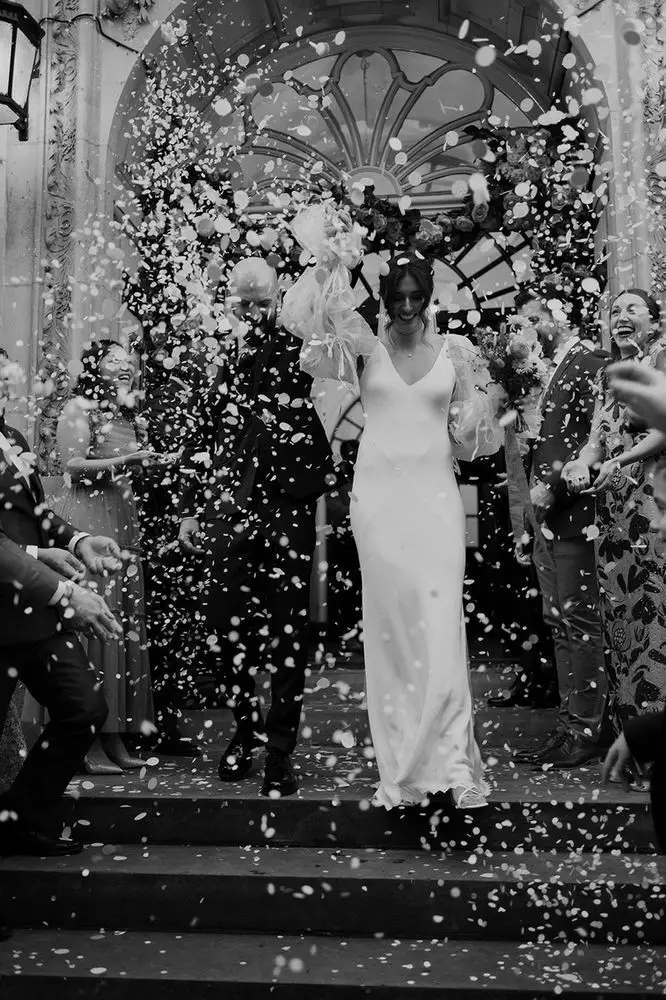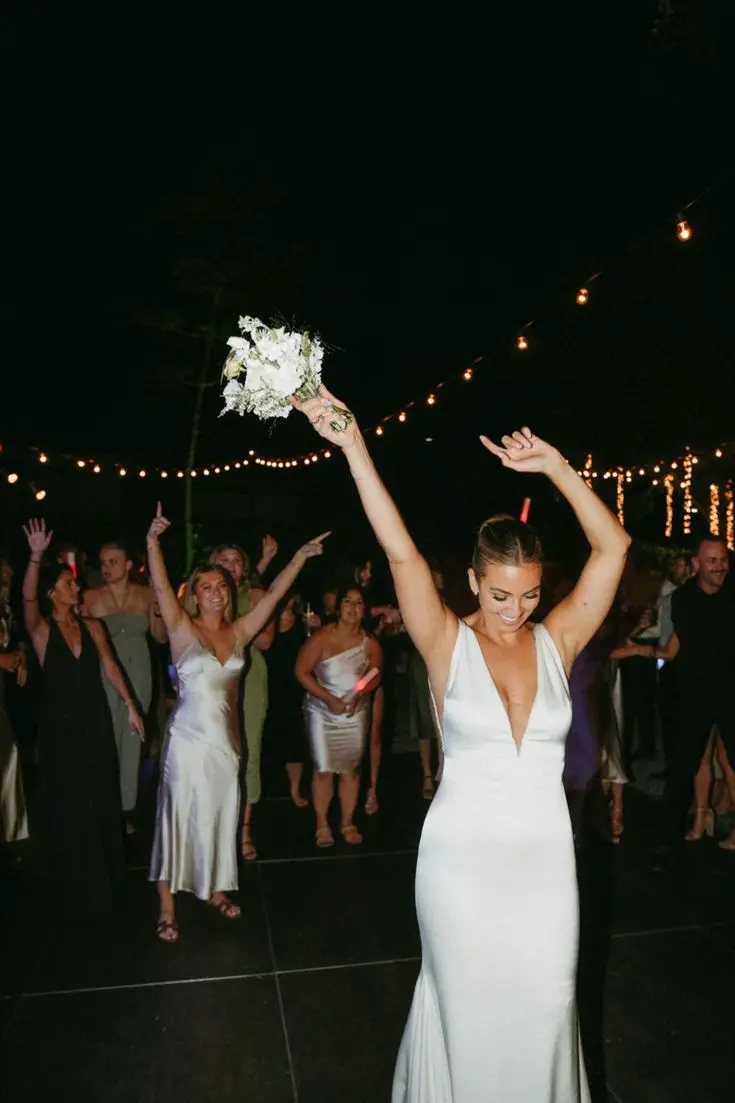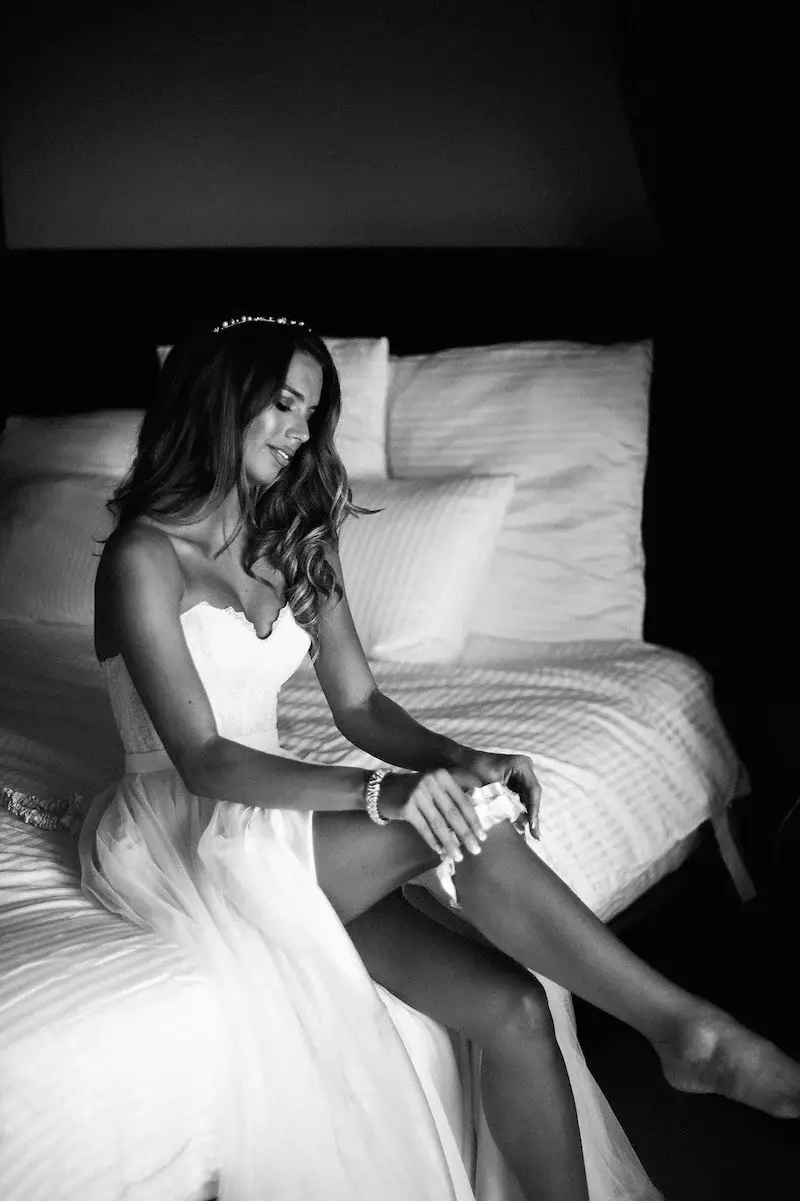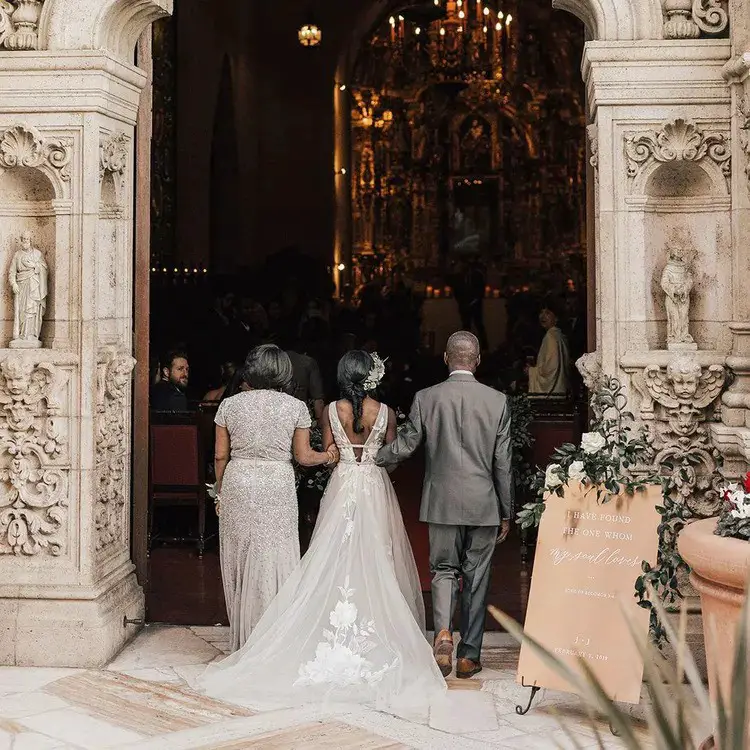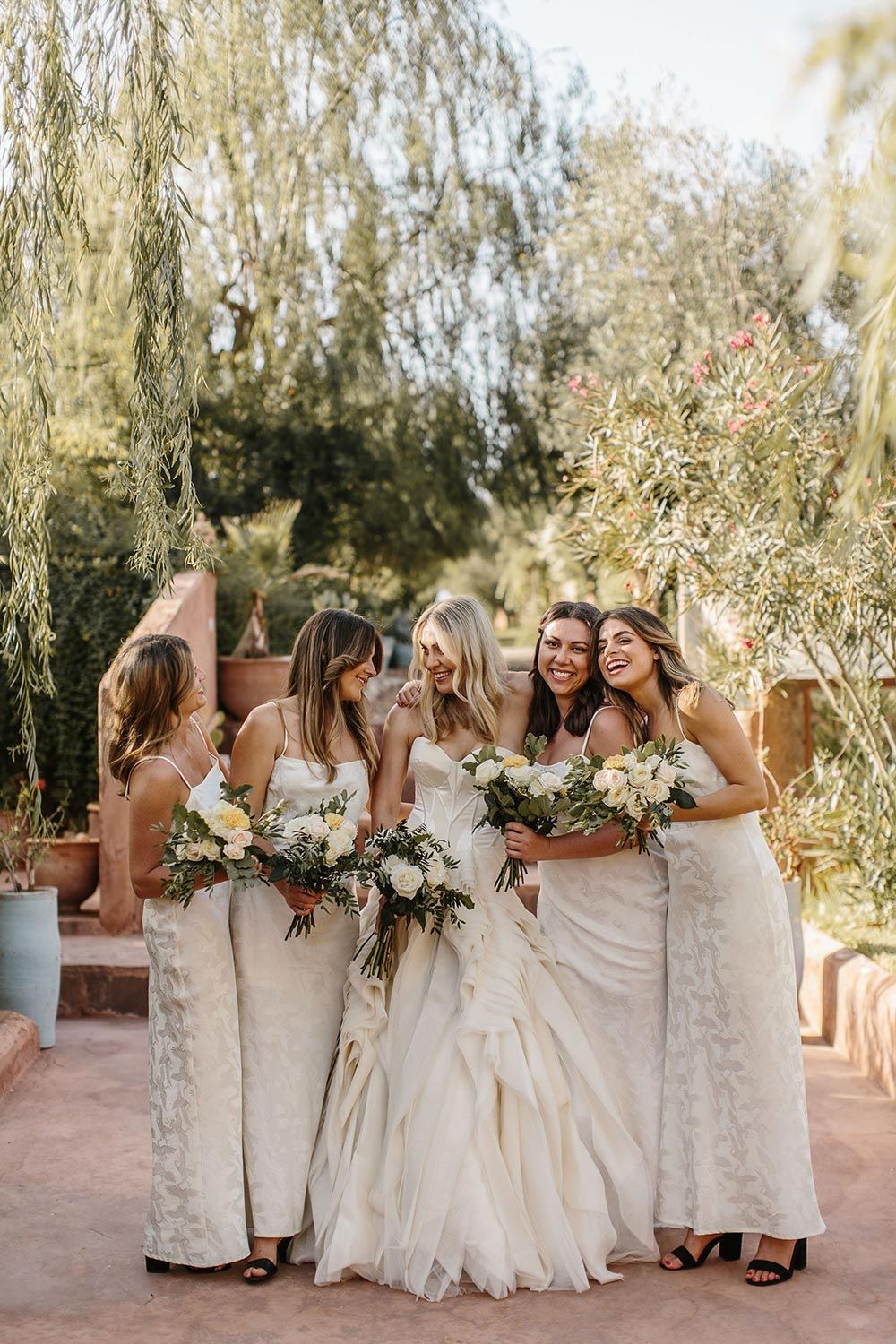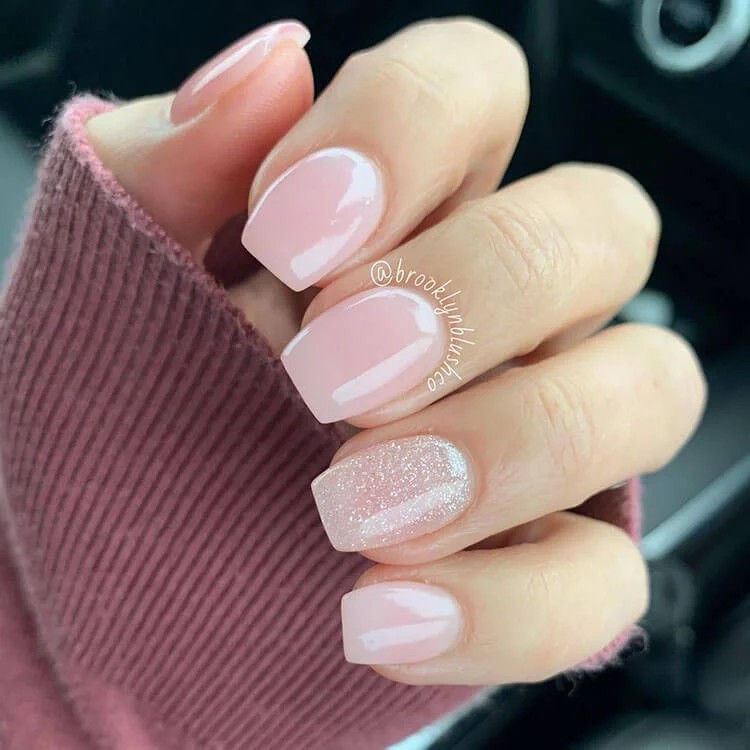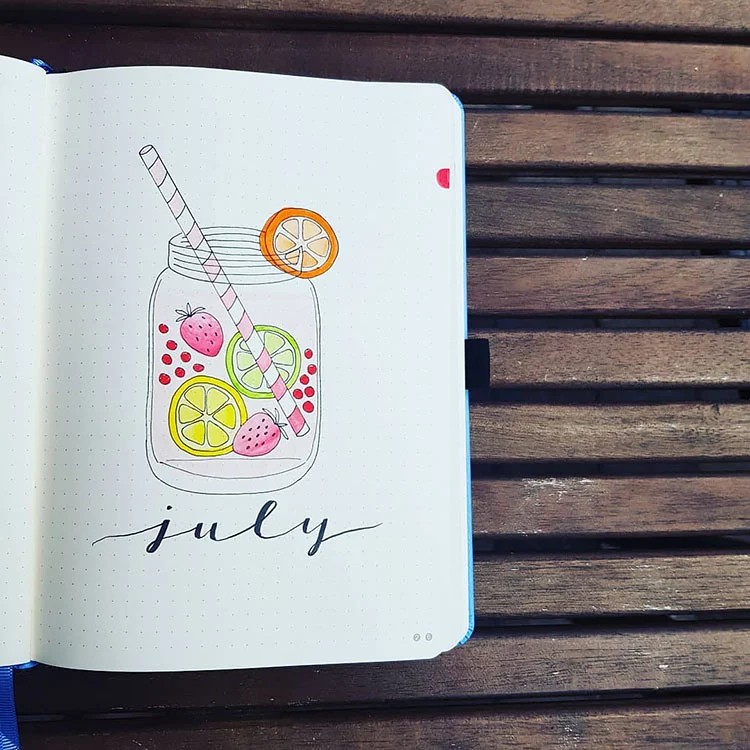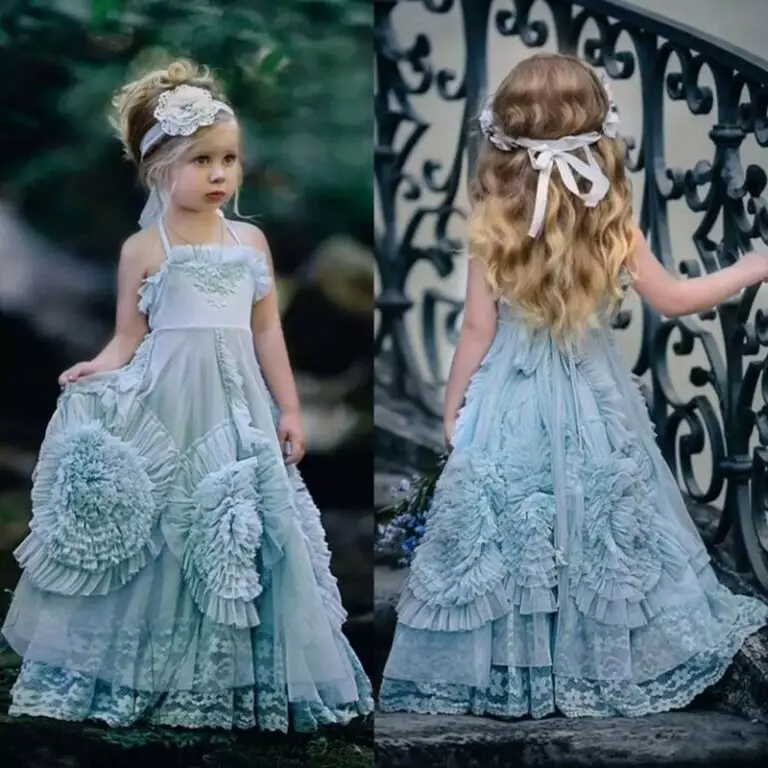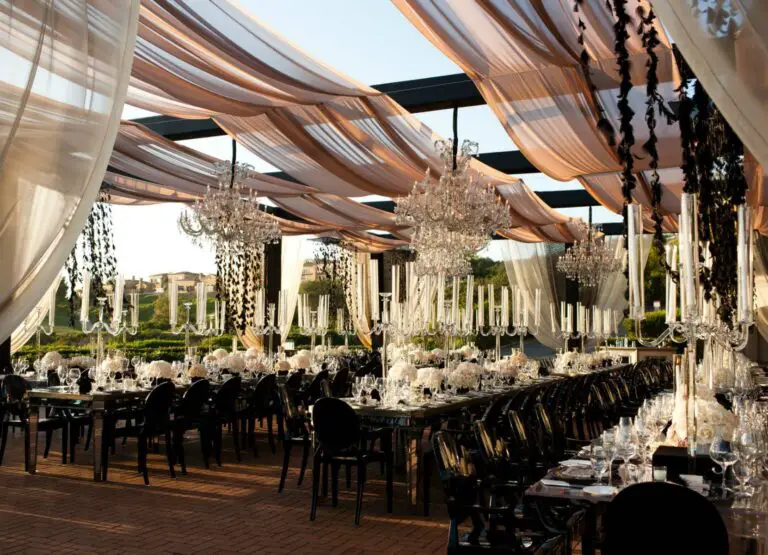Wedding Traditions, Those To Keep And Those To Toss Away Like A Bouquet!
Weddings are a time-honored celebration of love, commitment, and unity between two individuals. With diverse cultural and religious influences, each society has its unique way of commemorating this milestone. Over time, wedding traditions have evolved, with some remaining steadfast and meaningful, while others have become optional or fallen out of favor. In this piece, we’ll delve into the origins of these customs, their significance, and which ones deserve preservation for future generations.
What Do They Mean?
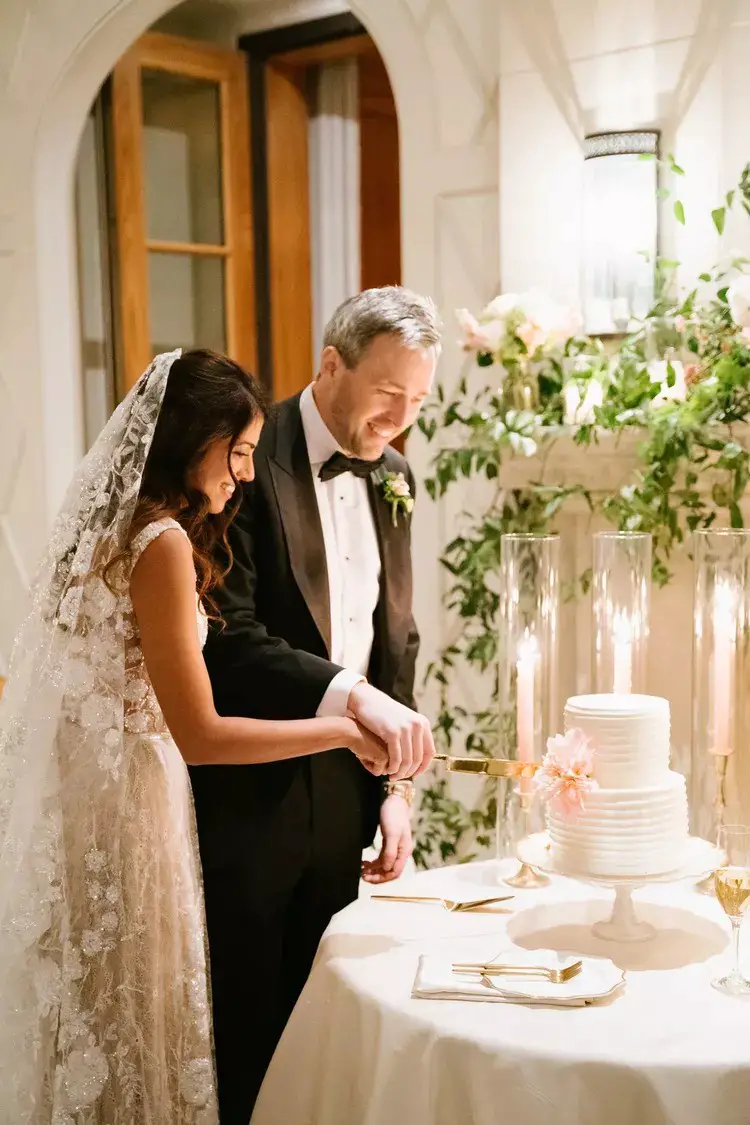
Wedding traditions carry profound significance, regardless of their religious, cultural, or symbolic nature. The ritualistic exchange of rings serves as a powerful testament to the couple’s unwavering commitment and devotion to one another. Similarly, the traditional donning of a wedding veil by the bride conveys modesty and purity, while the unity candle or sand ceremony beautifully illustrates the harmonious blending of two families into a single unit.
Furthermore, the time-honored practice of the groom removing the garter from the bride’s leg – a symbol of fertility and good fortune – adds to the rich tapestry of wedding customs.
Which Are Still Present at Today’s Weddings?
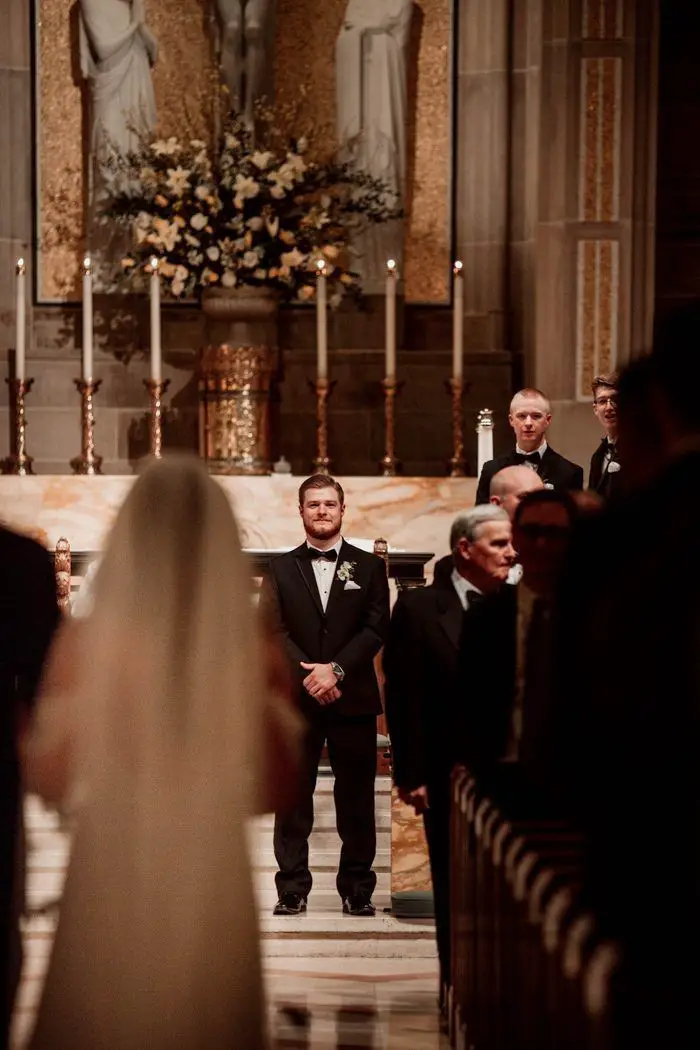
The timeless allure of traditional wedding customs remains strong, with many ceremonies still incorporating beloved practices today. The exchange of rings, heartfelt vows, and that romantic first dance as newlyweds are staples of most weddings. While the bouquet toss and garter removal may have evolved into more lighthearted rituals, their roots in symbolism remain intact. A striking photo by Brandi Sisson Photography encapsulates the enduring charm of these classic wedding traditions.
Which Traditions Should Be Kept and Which Should Be Tossed Away?
Ultimately, the choice between honoring traditional wedding customs and forging new paths rests solely with the couple. While some may cling to time-honored practices due to their inherent meaning or cultural relevance, others may instead craft their own distinctive rituals, reflecting their individual tastes and values.
Traditions to Keep:
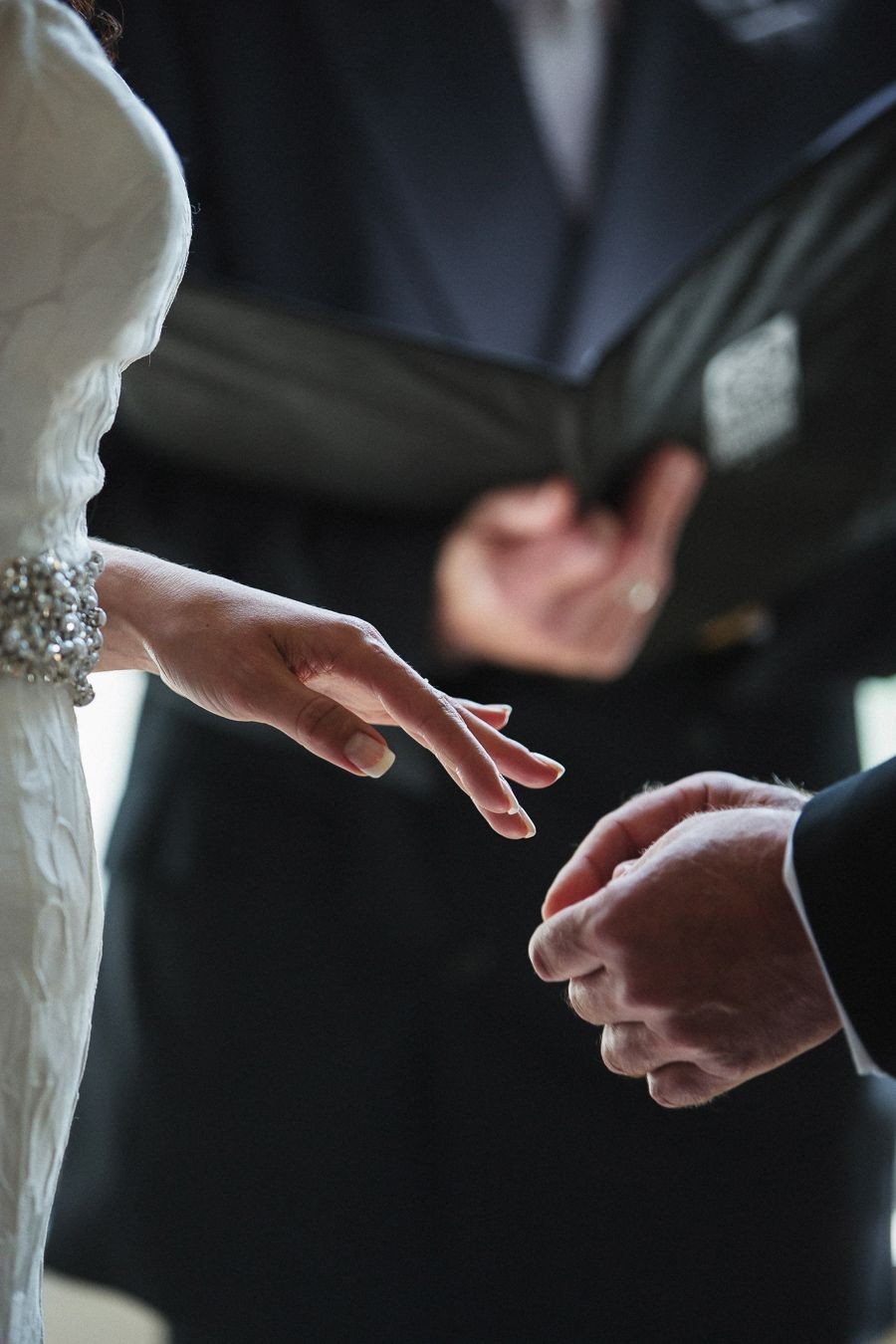
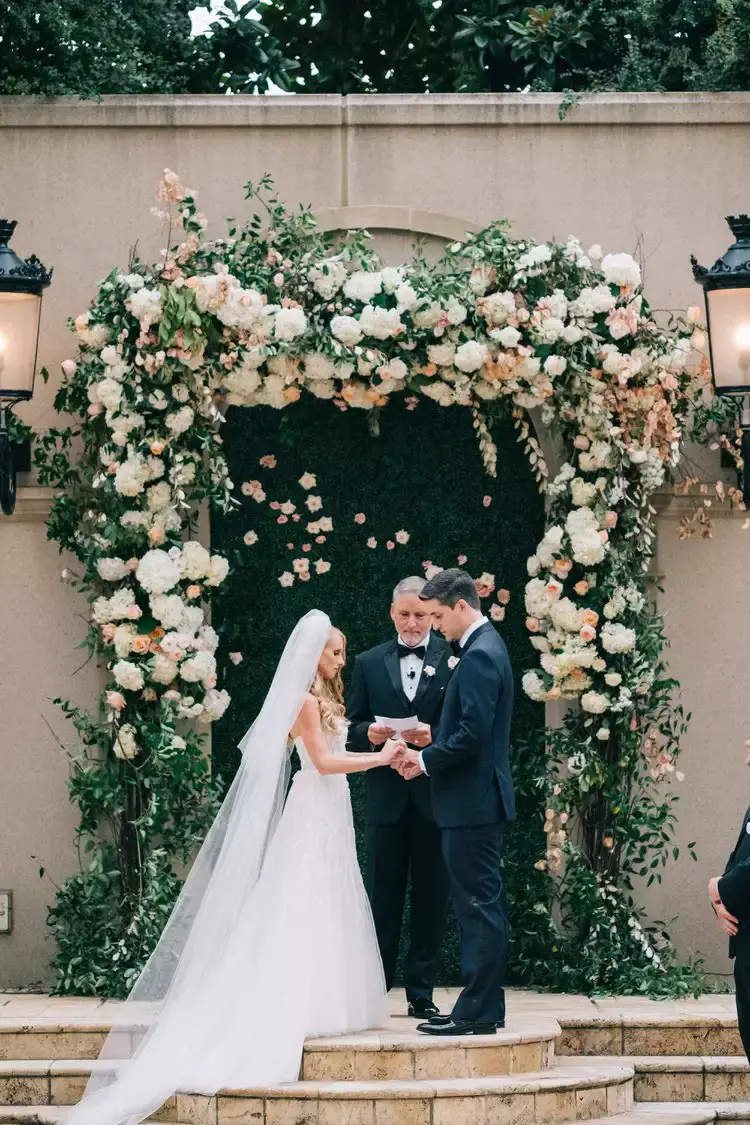
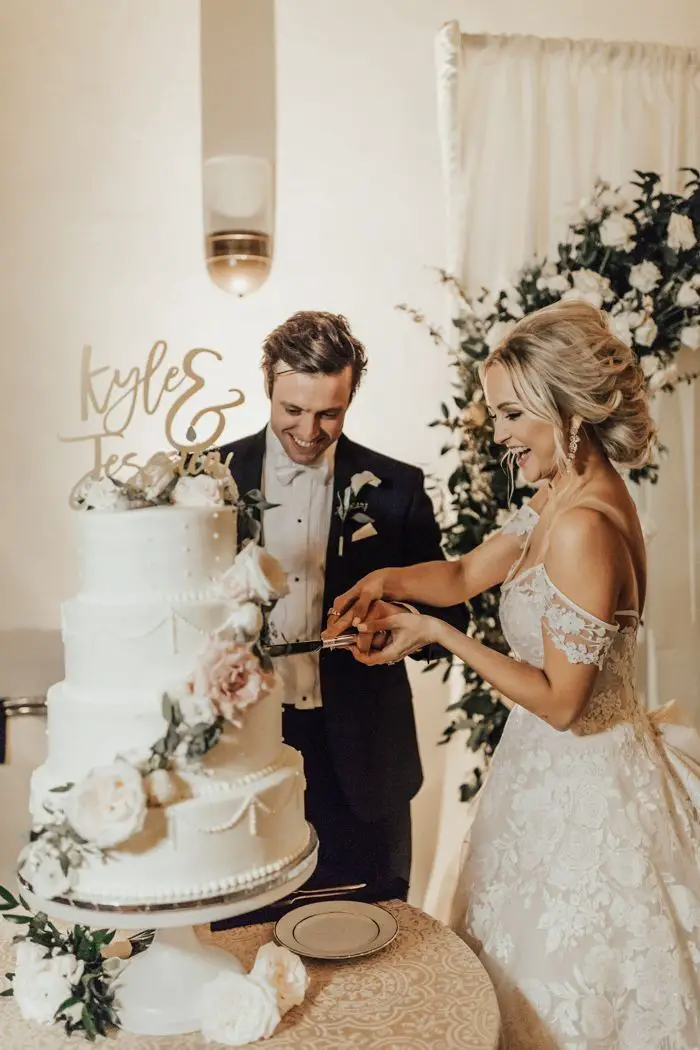
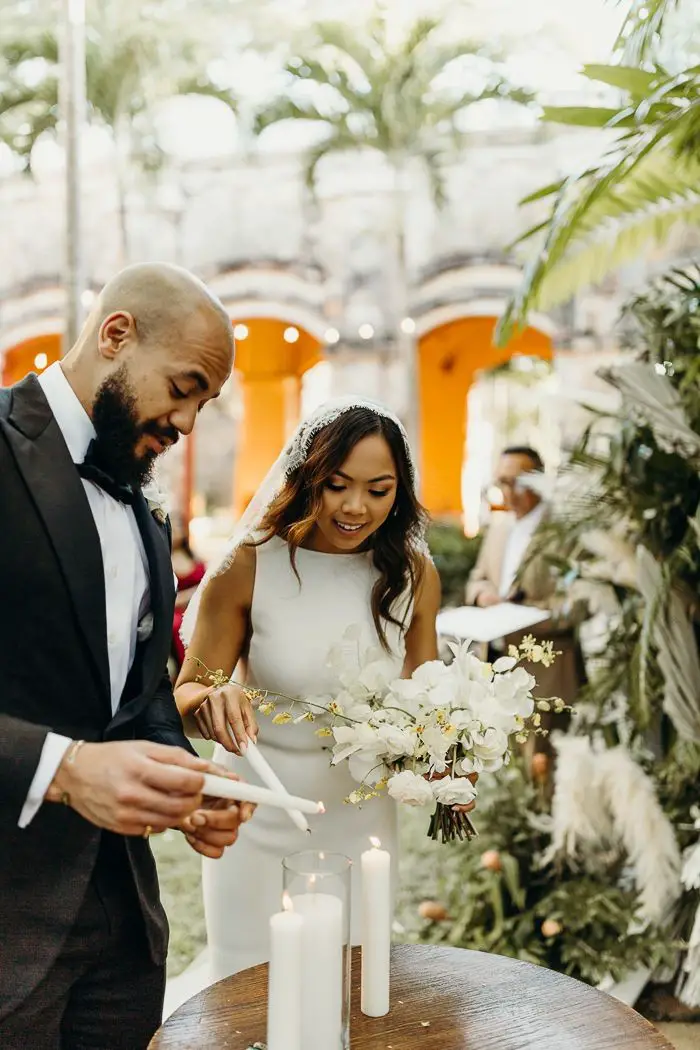
For centuries, the exchange of wedding rings has symbolized a couple’s commitment and devotion to each other. As they make promises during the ceremony, the rings serve as a tangible reminder of those vows, representing eternal love and the never-ending cycle of life. The circular shape of the rings is said to evoke this eternal nature.
The first dance as a married couple is a cherished tradition that allows newlyweds to savor each other’s company and celebrate their union in a romantic moment together. This special dance often features a meaningful song that reflects the couple’s relationship and love for one another, making it an intimate and memorable experience. Wedding vows are a powerful expression of a couple’s love and commitment to each other.
These personalized promises can be traditional or unique, conveying sentiments such as support, loyalty, and devotion. Written by the couple themselves, the vows are a testament to their love and serve as a reminder of the promises they’ve made to one another. The tradition of cutting the wedding cake is a sweet way for couples to share in the joy of their special day with family and friends.
As they slice into the cake together, they symbolize their first task as partners in marriage: providing for each other’s needs. This act also marks a fun and playful moment in the celebration. Finally, the unity ceremony – whether involving candles or sand – serves as a poignant reminder of the joining of two families into one.
As the couple lights a candle together or pours different colored sands into a single container, they represent the coming together of their individual identities and family units to form a new, united whole.
Traditions to Toss Away:
